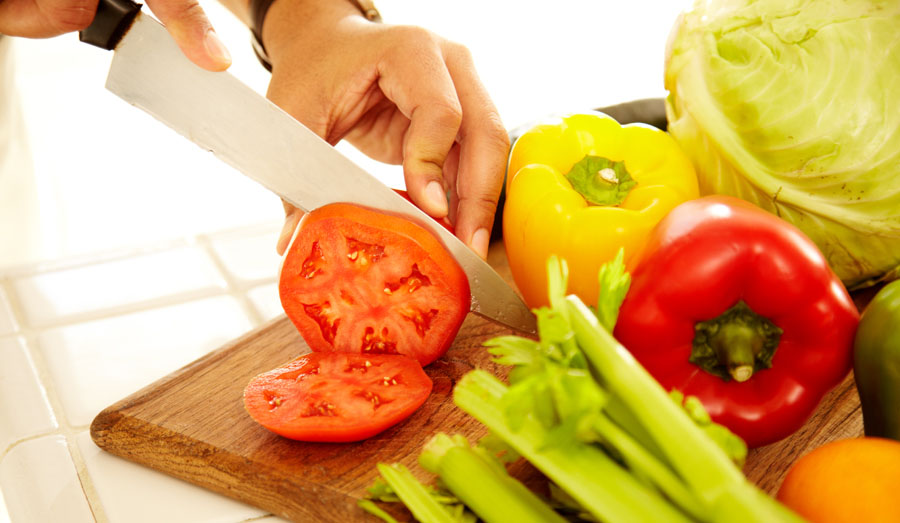Dr. Kate Land is a Kaiser Permanente pediatrician and mother of three active children. She offers her insights on how to make “kid lunches” healthy with helpful food for thought during National Nutrition Month.
I wonder how many lunches my kids have eaten through the years? Three kids aged 12, 14 and 17. That makes 43 kid-years of lunches right? Since lunch counts for approximately 20 % of their daily calories, it should be healthy and satisfying. The quality of their lunches matters.
 There are some things you can do to make your kid’s lunches count nutritionally. I often tell parents that almost everything can be solved by talking with our children. In terms of nutrition, this is just as true. Our kids are eager to learn, and we can use that to help them make wise food choices. Whether your child is served lunch at school or brings lunch from home, success starts with your discussions at home.
There are some things you can do to make your kid’s lunches count nutritionally. I often tell parents that almost everything can be solved by talking with our children. In terms of nutrition, this is just as true. Our kids are eager to learn, and we can use that to help them make wise food choices. Whether your child is served lunch at school or brings lunch from home, success starts with your discussions at home.
- School meal programs can provide much of what children need for health and growth. However, their success depends in part on helping children make wise choices from what is served. Review the lunch menus to get an idea of what is being offered at your child’s school. Ask your kids what they ate. If they got the salad bar, did they eat the veggies or just the croutons? Did they toss the fruit that came with the pizza? Use this as a chance to talk about nutritional basics.
- You can also consider going to school to volunteer at lunchtime – doing so will give you a bird’s eye view of what really happens. If you have suggestions or concerns, talk with the teachers and principal to help make a change.
If you pack lunch at home, there are some basics that you can try to cover:
- Pack a fruit and a veggie. Both will be more likely to be eaten if cut into pieces.
- Pack water – not a sweet drink.
- Remember that kids serving sizes are smaller than ours. For example, half of a sandwich is usually sufficient. I find this to be true even for my athletic teens.
- Have your children pack their own lunches – with your guidelines and watchful eye.
This last idea was one that I was slow to use in my own house. As a mother there are household chores that I do happily; and there are others that drive me slowly insane, day after day. Making lunches leads the list of things making my hair go gray. One afternoon a few years ago on the way to his lacrosse practice, my son asked if we could stop by his school locker to pick up something too big to carry on his bike. Indeed, the sack of old lunches filling his locker was big. And smelly. Turns out he wasn’t eating much of what I had packed. The carefully cut veggies, the fresh fruit, the wholegrain bread, all…moldy.
That was IT! Later that night I had one of those “Look out: Mom’s head is spinning” moments that all children see occasionally. Now I no longer make lunch, they do. I made some rules: each lunch must have a fruit, a veggie and some protein. Water only; no sugary drinks. This system has worked well and, my hair is looking less gray!
Students spend many of their waking hours at school, and a large proportion of their daily food intake is eaten there. As parents, we can help ensure that their lunches count as a nutritional bonus by talking with them, letting them be involved and becoming involved at school ourselves.
Here are some additional resources to help you:
- A tool to calculate appropriate serving sizes
- Kids Eat Right website
- My Kaiser Permanente homepage on healthy eating
For more great advice from Dr. Land, visit her blog: KP Thriving Families. You can also follow her on Twitter at @KPKiddoc.




